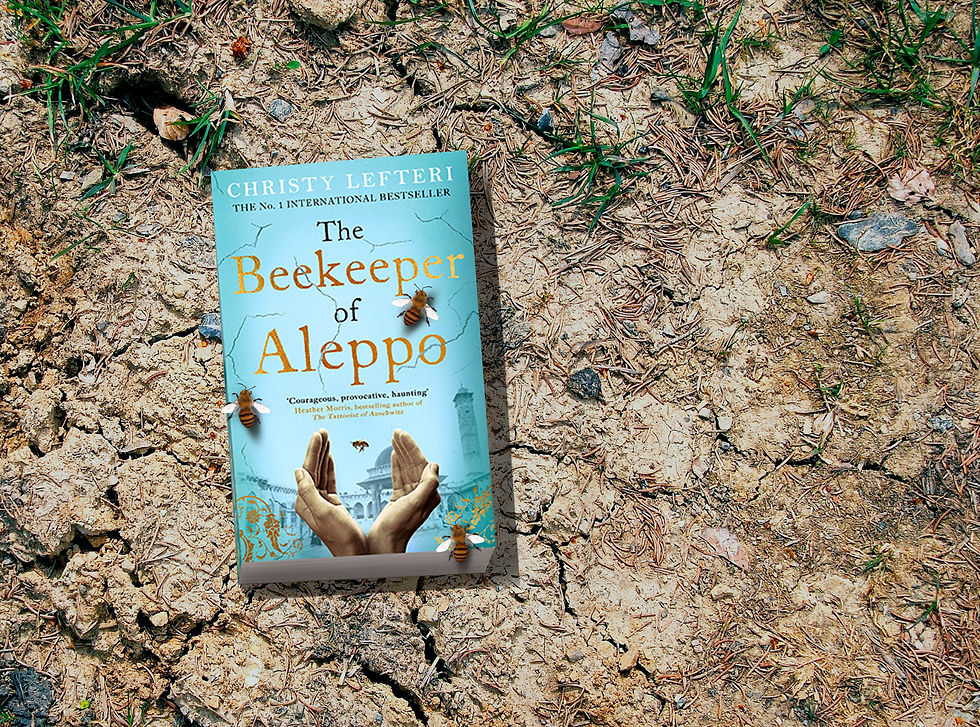Review 'Return to Hiroshima' by Bob van Laerhoven
- The Gilded Edge

- Dec 11, 2020
- 2 min read

Reading Return to Hiroshima was like staring into an abyss and deciding whether or not to follow the obvious threat all the way down. It’s a sinister work of fiction that should come with a heap of trigger warnings as it doesn’t shun depictions of troubled youth, death, destruction, and (sexual) violence. Van Laerhoven’s book shows what happens when someone starts unpacking unspeakable trauma.
The novel plays around with reality a lot, and deception and hidden truths are at the centre of Van Laerhoven’s storytelling. Return to Hiroshima demands from the reader to stay alert as the story switches between perspectives and characters rapidly. It takes some getting used to the book’s structure, which initially feels disjointed and might leave you spinning. On the other hand, the benefit of it is that each chapter is filled with questions that beg for immediate answers and that practically every chapter ends with a cliff-hanger. Van Laerhoven drops crumbs in each chapter for readers to greedily feed on, despite their awful aftertaste, and in the end impressively strings together the narratives of his characters. In this, Return to Hiroshima is ruthless like Rokurobei: it lures you into the dark alleys of Hiroshima and, too compelled, it becomes impossible to avert your eyes from the pages that contain so much horror and darkness.
Return to Hiroshima is a wild mix of historical fiction, noir and thriller that attempts to both expose the complex nature of individual human beings as well as a nation on the brink of collapse. This is Japan crushed by economic crisis, a society terrorised by underworld figures, a country traumatised by their defeat in war. The darkest and largest of shadows that looms over the pages, though, is cast by Little Boy: one of the two atomic bombs that were dropped on Japan. All in all, Return to Hiroshima painfully reflects the dark nature of humankind in general. Perhaps it’s not surprising that in a world where people willingly commit atrocious acts of total destruction demons like Rokurobei can thrive.
Is there then no way to climb out of this abyss? There might be. The paper cranes left by children at the Peace Monument remind us that the future of and hope for a more bearable world lies in the hands of the young – a hopeful message needed in a tale that’s otherwise too dark, and too real, to handle.




Comments